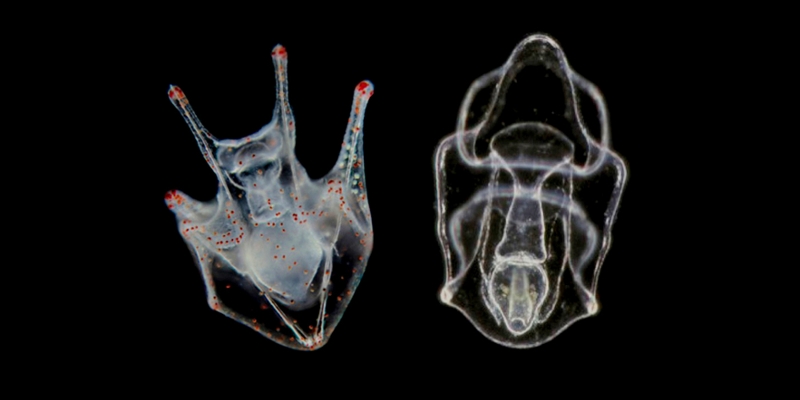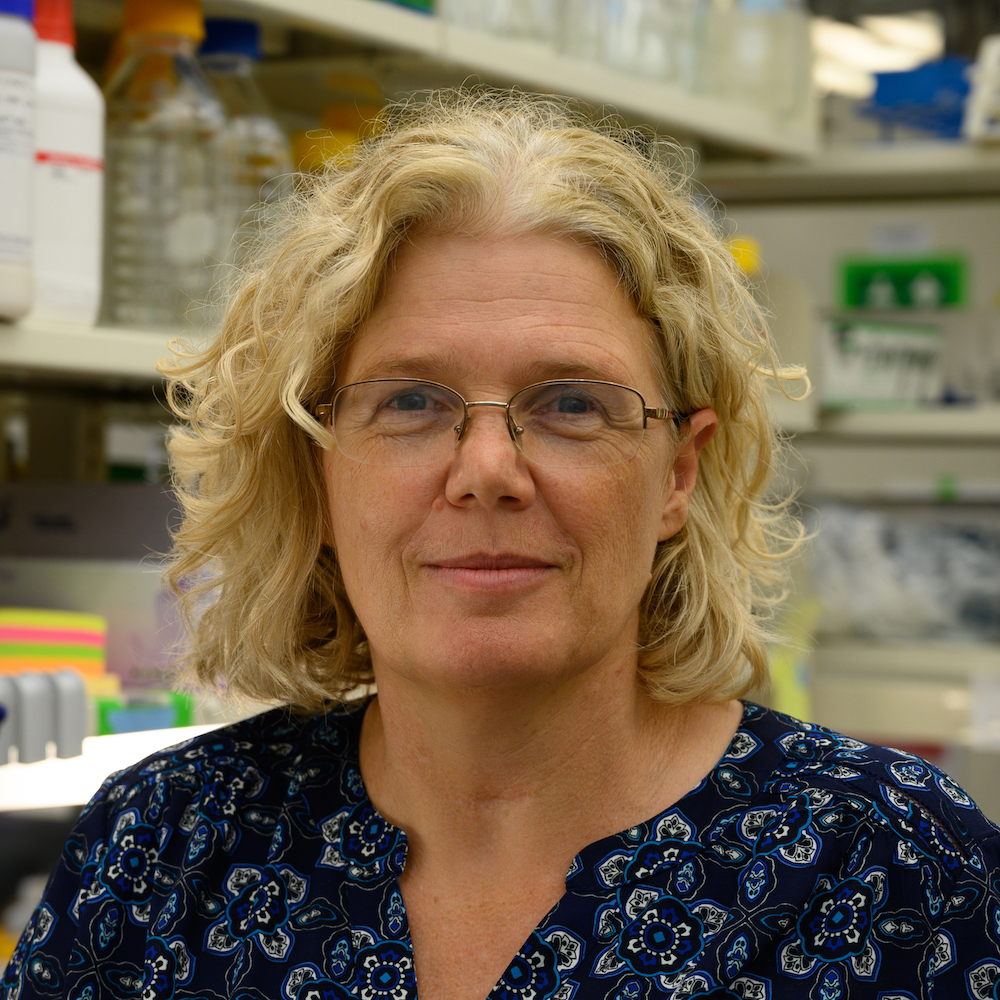An Affinity for Binding and the Evolution of Development

One of the important unsolved problems in biology is how the great diversity of animal types evolved. Animal morphology arises during embryonic development, and therefore it follows that changes to development are the source of differences in animal form. It is known that networks of regulatory genes, or transcription factors, direct development and so researchers focus on understanding how these networks of factors evolve.
The prevailing paradigm is that the transcription factors themselves are not free to evolve, but instead the regulation of these genes (i.e. where, when and how much they are expressed), can change. This can be reasoned theoretically as transcription factors have many functions during development, and can regulate 100s or even 1000s of other genes. Making 100s of changes at once is almost certainly devastating, rather than adaptive to the embryo.
The Hinman lab at CMU has worked on this problem for many years, recently presenting a new model of how these networks might evolve. The lab group showed that transcription factors evolve in modular ways, permitting changes in low affinity DNA binding while maintaining high affinity binding.
Now recent work by the lab1, published in the Proceedings of the National Academies of the USA, with lead author Greg Cary and co-authors Alys Cheatle Jarvela (Ph.D. '14), now a postdoctoral researcher at the University of Maryland, and Rene Francolini (M.S. '16), explain how this change in affinity can lead to the evolution of development. The paper examines genome wide use of the high and low affinity sites in different classes of echinoderms. This reveals that these transcription factors have evolved significantly different developmental roles and that the targets and the binding motifs are dispersed throughout the hierarchy of the GRN, with implications that extensive evolutionary tinkering is permitted at all stages of development. The work contributes to emerging research that low affinity DNA binding may have important implications for evolvability.
1. Cary GA, Cheatle Jarvela AM, Francolini RD, Hinman VF. Genome-wide use of high- and low-affinity Tbrain transcription factor binding sites during echinoderm development. Proc Natl Acad Sci U S A. 2017 Jun 6;114(23):5854-5861. PMID: 28584099



